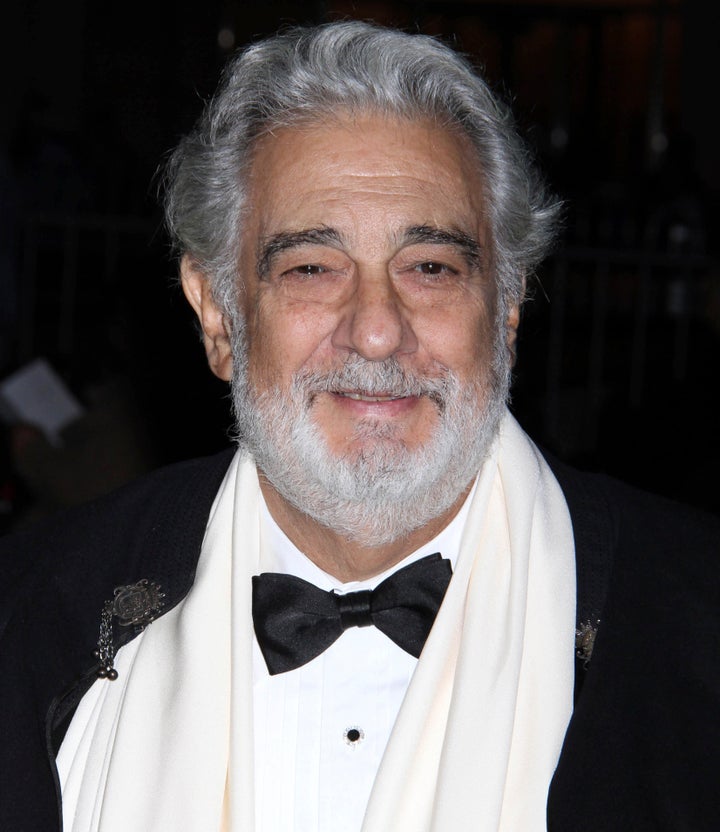
Every future “Bachelor” contestant should follow Madison Prewett’s lead and demand the object of their affection abstain from sex during the competition. As Madison noted on Monday’s episode, if she were to win the show, Peter would be proposing marriage after having slept with her costar(s) only six days prior. That’s a perfectly reasonable line to draw.
Madison reluctantly told Peter he would need to fight the temptation of the Fantasy Suites if he truly wanted to “move forward” with her. “If next week you were to, like, sleep with somebody else, it would be really hard for me to really, like, move forward in this,” she said. After dates with each of the final three women—and despite professing his love for Madison—Peter admitted to having been “intimate” with another contestant on the show. “I can’t lie to you about that,” he told her.
“I literally can’t talk to you right now,” Madison replied, getting up from the table to walk outside.
Whether Madison left the show over Peter’s decision is still unclear. But her request was entirely fair, and highlights “The Bachelor’s” seedy structure, which encourages men and women to a) pursue marriage while b) potentially enjoying “Fantasy Suites” with each contestant shortly before proposing to one of them. That’s disgusting, and Madison was right to be uncomfortable with the setup. (It’s also worth noting she knew what she was signing up for.)
I don’t like “The Bachelor,” but I understand why millions of people tune in every week. The whole ordeal is too performative for my liking, and the Corinnes are few and far between, mostly because the show needs to cast people plausibly suited for its likable stars. (Who thought Pete was likable, I do not know.) Still, “The Bachelor” deserves credit for casting contestants representative of the Christian community, whose struggles with the temptations of premarital sex are ignored in most of popular culture.
Christian or not, the Fantasy Suite option is gross. Let’s assume, for the sake of argument, that Windmill Pete is genuinely in love with three different women. Sex will not clarify their feelings, it will confuse them. Aside from being a reasonable way to test Peter’s devotion, Madison’s request was in everyone’s best emotional interest.
Producers’ unprecedented decision to have the women share a suite during the overnight date week helps prove that point. If the possibility of Pete’s intimacy with multiple women was uncomplicated and meant little, it would hardly be worth emphasizing the discomfort induced by close quarters. But we know sex is not meaningless, and we know Peter decided to be “intimate” with another contestant after Madison said it could cost him their potential future.
I have no idea where Peter’s heart lies, and I fully understand that it must be odd to have a stable of attractive mates vie desperately for your hand. In terms of ending up together, Pilot Pete told Madison on Monday’s episode, “coming into this week, I could see that with other people, too.” It’s a strange situation, which is precisely what keeps viewers coming back for more.
Nevertheless, every future contestant should do exactly as Madison did and ask their bachelor to abstain from intimacy in the Fantasy Suites. It will mitigate his own pain and amplify his own joy, while also instructively testing his potential spouse, and contributing to the creation of a culture that mitigates the personal pain of their viewers.
If such a request is rooted in faith, that’s great. But religion or not, it’s just common sense. Pete may believe he loves Madison, but if he respected her, he would have been able to exercise some self-control. Hopefully she learned from his decision. Hopefully future contestants did too.
https://news.google.com/__i/rss/rd/articles/CBMid2h0dHBzOi8vdGhlZmVkZXJhbGlzdC5jb20vMjAyMC8wMi8yNS9ldmVyeS1mdXR1cmUtYmFjaGVsb3ItY29udGVzdGFudC1zaG91bGQtZm9sbG93LW1hZGlzb25zLWxlYWQtb24tZmFudGFzeS1zdWl0ZS1zZXgv0gEA?oc=5
2020-02-25 12:08:50Z
52780630565743


